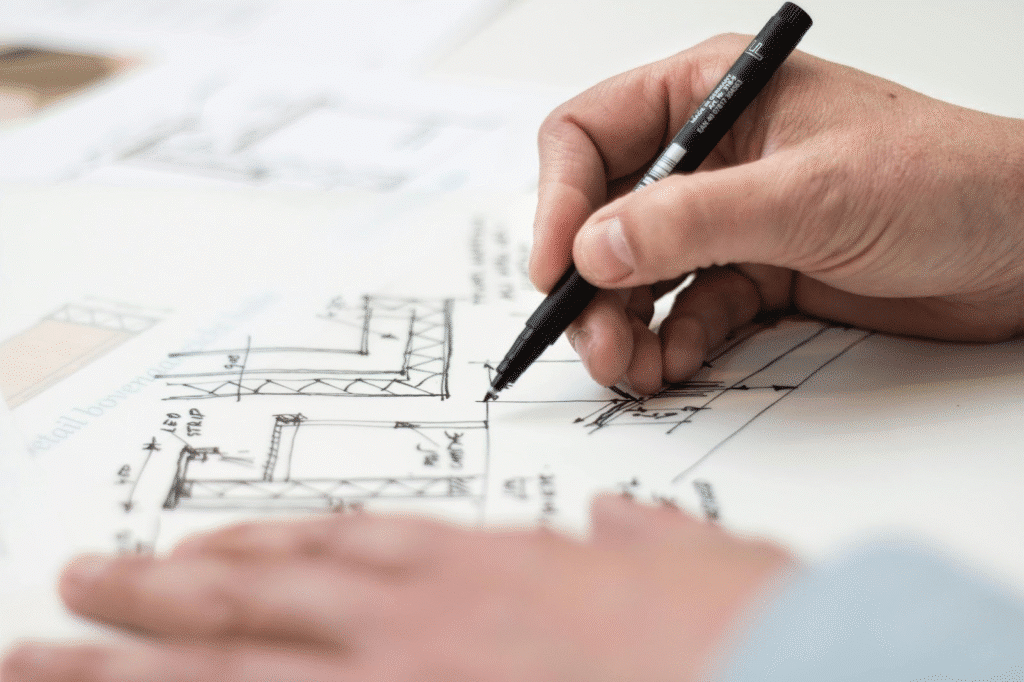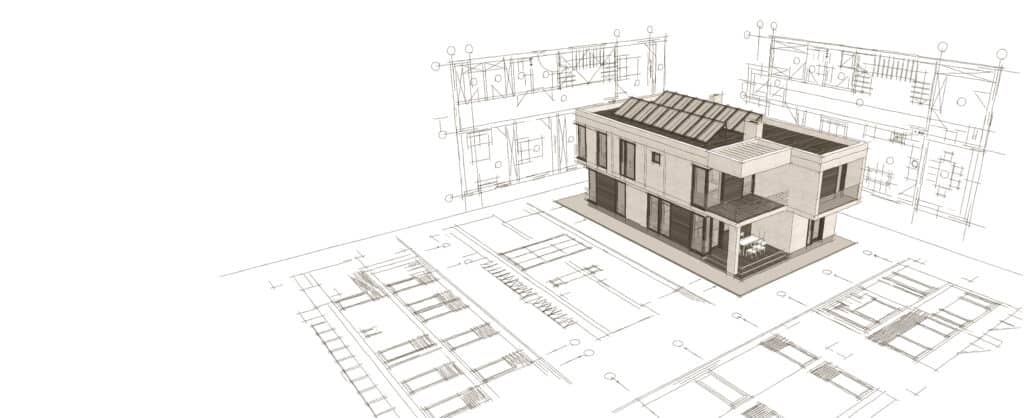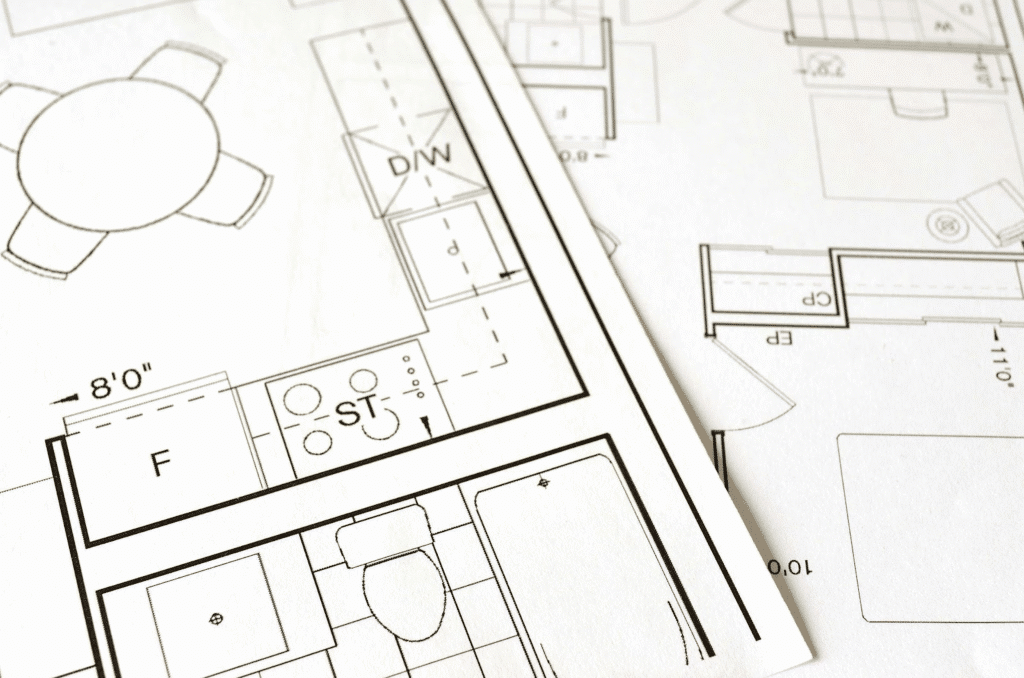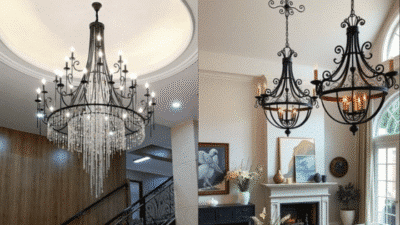
Architecture has always been a field where creativity, functionality, and engineering intersect. With today’s advancements in materials, design technology, and construction methods, architects are constantly pushing the boundaries of what is possible. From futuristic skyscrapers to eco-friendly housing solutions, innovative architectural projects reflect ambition and progress. With bold innovation comes significant responsibility. Safety standards play a crucial role in ensuring that these groundbreaking designs inspire and protect the lives of the people who will use and interact with them. Without proper safety measures, even the most brilliant architectural visions can become dangerous liabilities.
Balancing Creativity With Responsibility

Innovative architectural projects often explore unconventional shapes, materials, and techniques. While these ventures showcase human creativity, they come with heightened risks. A strikingly angled glass façade may be visually stunning, but it can pose hazards if not engineered to withstand environmental stresses such as wind or seismic activity. Safety
standards serve as the bridge between imaginative design and practical responsibility. They ensure that architects and engineers do not overlook crucial structural or environmental factors in pursuit of aesthetic appeal. Safety regulations encourage balanced decision-making, enabling creativity while safeguarding public welfare.
Protecting Occupants and Users

Ensuring the safety of occupants and users is a fundamental responsibility in architecture, enforced through building codes, regulations, and legal requirements. These standards are designed to prevent hazards such as structural failures, fire risks, unsafe exits, and other potential dangers. Compliance with the law is not optional, as failure to meet safety standards can lead to legal consequences for architects, builders, and property owners. Firms like the Trapani Law Firm have been involved in reviewing safety compliance to determine accountability in incidents, emphasizing the role of legal frameworks in protecting human life. Following these regulations helps safeguard everyone who interacts with a building.
Addressing Environmental and External Challenges

Modern architectural projects must contend with an increasing array of external challenges, including climate change, natural disasters, and urban density. Safety standards help prepare buildings to withstand these pressures. For example, earthquake-resistant designs rely on codes that dictate how foundations and frames must be constructed. Flood-prone regions require elevated structures or drainage solutions to minimize water damage. Fire-prone areas enforce regulations on materials and spacing to reduce risks of ignition. In innovative projects where experimentation is common, safety standards ensure that new designs remain resilient against unpredictable natural forces, providing long-term reliability and security.
Ensuring Material and Technological Integrity

Innovation often involves the use of new materials or construction methods, from sustainable composites to modular systems. While these materials may offer advantages in efficiency or environmental impact, they must undergo rigorous testing to guarantee safety. Standards provide benchmarks that verify whether these innovations can withstand stress, temperature changes, or chemical exposure. Smart technologies integrated into modern buildings, such as automated lighting, climate systems, or security networks, must comply with safety requirements to prevent electrical malfunctions or cybersecurity risks. Without these checks, experimental approaches could unintentionally compromise the stability and security of entire projects.
Building Trust Among Stakeholders

Safety standards foster confidence among all stakeholders involved in an architectural project. Investors, regulatory authorities, and the public are more likely to support innovative projects when they are assured that safety is a priority. For architects and developers, adhering to standards reduces legal liabilities and financial risks. For communities, it builds trust that modern architecture will enhance rather than endanger their surroundings. Compliance demonstrates professionalism and accountability, reinforcing the credibility of architects in a highly competitive industry. Safety standards safeguard lives and help secure the social and financial viability of bold architectural ventures.
Supporting Sustainable Innovation

One of the most exciting aspects of contemporary architecture is its focus on sustainability and eco-conscious innovation. The pursuit of environmentally friendly designs must never compromise safety. Solar panels, green roofs, and natural ventilation systems are all valuable tools in reducing carbon footprints, but they require careful integration within established safety frameworks. Standards ensure that sustainability and safety work hand in hand, creating structures that are environmentally responsible and secure for daily use. Architectural progress can continue to evolve responsibly, proving that innovation and safety are not competing goals but complementary priorities.
Innovative architectural projects symbolize progress, ambition, and the limitless potential of human imagination. Without a strong foundation of safety standards, these projects risk collapsing under the weight of their own ambition. Safety ensures that innovation remains a force for good, protecting lives, preserving resources, and strengthening trust in architectural advancements. By prioritizing safety alongside creativity, the industry can continue to deliver groundbreaking projects that inspire and endure for generations.
- 0shares
- Facebook0
- Pinterest0
- Twitter0



